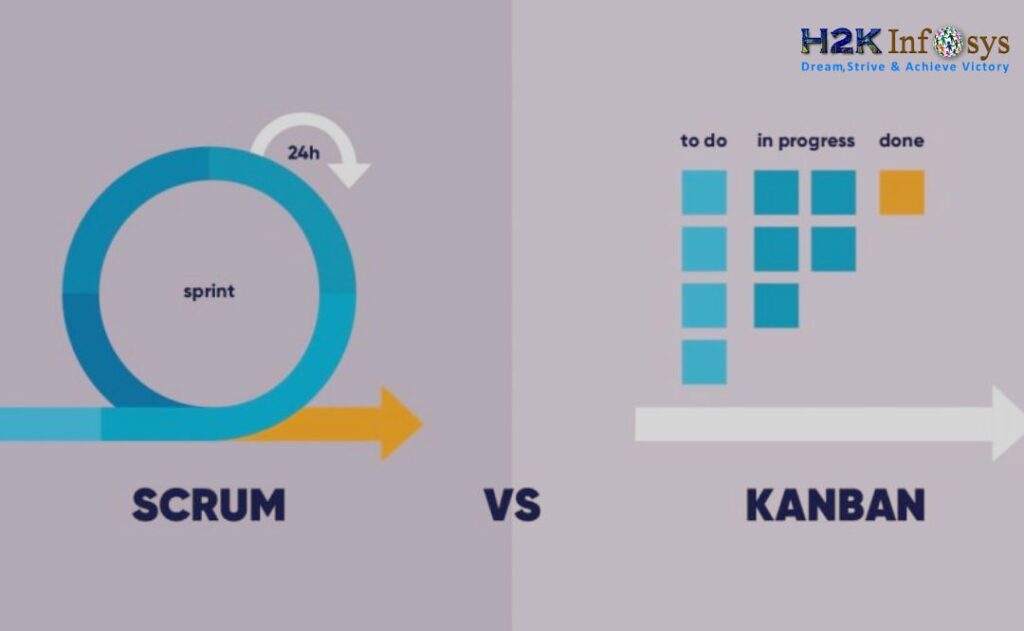SQL (Structured Query Language) is a powerful tool for managing and manipulating relational databases. One of its most essential features is the ability to join tables. Joins are used to combine rows from two or more tables based on a related column between them. Understanding the different types of SQL joins is crucial for efficient database querying and data analysis. This blog provides a comprehensive overview of the various SQL join types.
Introduction to SQL Joins
In relational databases, data is often distributed across multiple tables. To retrieve meaningful information, we need to combine these tables based on common fields. This is where SQL joins come into play. Joins allow us to create relationships between tables and retrieve data that spans multiple tables in a single query.
Types of SQL Joins
There are several types of joins in SQL, each serving a different purpose. The most commonly used join types are:
- Inner Join
- Left Join (Left Outer Join)
- Right Join (Right Outer Join)
- Full Join (Full Outer Join)
- Cross Join
- Self Join
1. Inner Join
Inner Join returns records that have matching values in both tables. It is the most commonly used type of join.
Syntax:
sqlCopy codeSELECT columns
FROM table1
INNER JOIN table2
ON table1.common_field = table2.common_field;
Example:
sqlCopy codeSELECT employees.name, departments.department_name
FROM employees
INNER JOIN departments
ON employees.department_id = departments.department_id;
In this example, only the employees who have a matching department in the departments table will be returned.
2. Left Join (Left Outer Join)
Left Join returns all records from the left table and the matched records from the right table. If there is no match, the result is NULL on the side of the right table.
Syntax:
sqlCopy codeSELECT columns
FROM table1
LEFT JOIN table2
ON table1.common_field = table2.common_field;
Example:
sqlCopy codeSELECT employees.name, departments.department_name
FROM employees
LEFT JOIN departments
ON employees.department_id = departments.department_id;
This query will return all employees, including those who do not have a corresponding department in the departments table.
3. Right Join (Right Outer Join)
Right Join is the opposite of Left Join. It returns all records from the right table and the matched records from the left table. If there is no match, the result is NULL on the side of the left table.
Syntax:
sqlCopy codeSELECT columns
FROM table1
RIGHT JOIN table2
ON table1.common_field = table2.common_field;
Example:
sqlCopy codeSELECT employees.name, departments.department_name
FROM employees
RIGHT JOIN departments
ON employees.department_id = departments.department_id;
This query will return all departments, including those that do not have any employees.
4. Full Join (Full Outer Join)
Full Join returns all records when there is a match in either left or right table. If there is no match, the result is NULL for that table.
Syntax:
sqlCopy codeSELECT columns
FROM table1
FULL JOIN table2
ON table1.common_field = table2.common_field;
Example:
sqlCopy codeSELECT employees.name, departments.department_name
FROM employees
FULL JOIN departments
ON employees.department_id = departments.department_id;
This query will return all employees and all departments, including those that do not have matching records in the other table.
5. Cross Join
Cross Join returns the Cartesian product of the two tables, meaning it returns all possible combinations of rows from the tables.
Syntax:
sqlCopy codeSELECT columns
FROM table1
CROSS JOIN table2;
Example:
sqlCopy codeSELECT employees.name, departments.department_name
FROM employees
CROSS JOIN departments;
This query will return every combination of employees and departments, which can result in a very large dataset.
6. Self Join
Self Join is a regular join, but the table is joined with itself. It is useful for hierarchical data or comparing rows within the same table.
Syntax:
sqlCopy codeSELECT a.columns, b.columns
FROM table a, table b
WHERE a.common_field = b.common_field;
Example:
sqlCopy codeSELECT a.name AS employee, b.name AS manager
FROM employees a, employees b
WHERE a.manager_id = b.employee_id;
In this query, we retrieve employees and their managers from the same employees table.
Practical Use Cases of SQL Joins
Data Consolidation
SQL joins are essential for consolidating data from different tables. For example, an e-commerce platform might store customer information, order details, and product information in separate tables. Using joins, the platform can generate comprehensive reports that combine these data points, providing insights into customer behavior, order trends, and product performance.
Complex Queries
In real-world applications, simple queries are often insufficient. Joins allow for the construction of complex queries that retrieve data from multiple tables in a single operation. This capability is particularly useful for business intelligence, reporting, and data analysis.
Enhancing Data Integrity
By using joins, databases can maintain data integrity through normalization. This process involves organizing data to reduce redundancy and dependency. For instance, storing customer information in one table and their orders in another table ensures that customer data is not duplicated across the database.
Optimizing SQL Joins
While joins are powerful, they can also be resource-intensive. Here are some tips for optimizing SQL joins:
- Indexing: Create indexes on the columns used in join conditions to speed up query execution.
- Selective Joins: Only join the necessary tables and columns to minimize the amount of data processed.
- Avoiding Cartesian Products: Be cautious with cross joins as they can generate large datasets. Ensure they are used appropriately.
- Efficient Query Design: Write queries that minimize the number of joins and optimize the join order based on the database schema and data distribution.
Conclusion
SQL joins are fundamental for working with relational databases. They allow you to combine data from multiple tables, enabling more comprehensive data retrieval and analysis. By mastering the different types of joins—Inner Join, Left Join, Right Join, Full Join, Cross Join, and Self Join—you can write efficient and effective SQL queries to meet a wide range of data processing needs.
Understanding and utilizing these join types will enhance your ability to manage and analyze data, making you a more proficient database professional. Whether you’re working on simple queries or complex data transformations, SQL joins are indispensable tools in your database toolkit.



























2 Responses